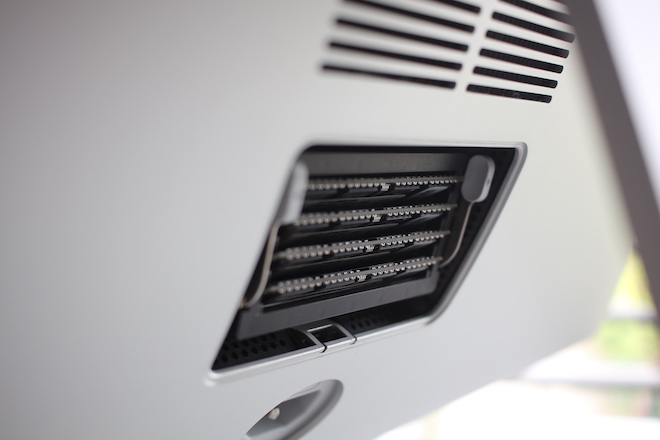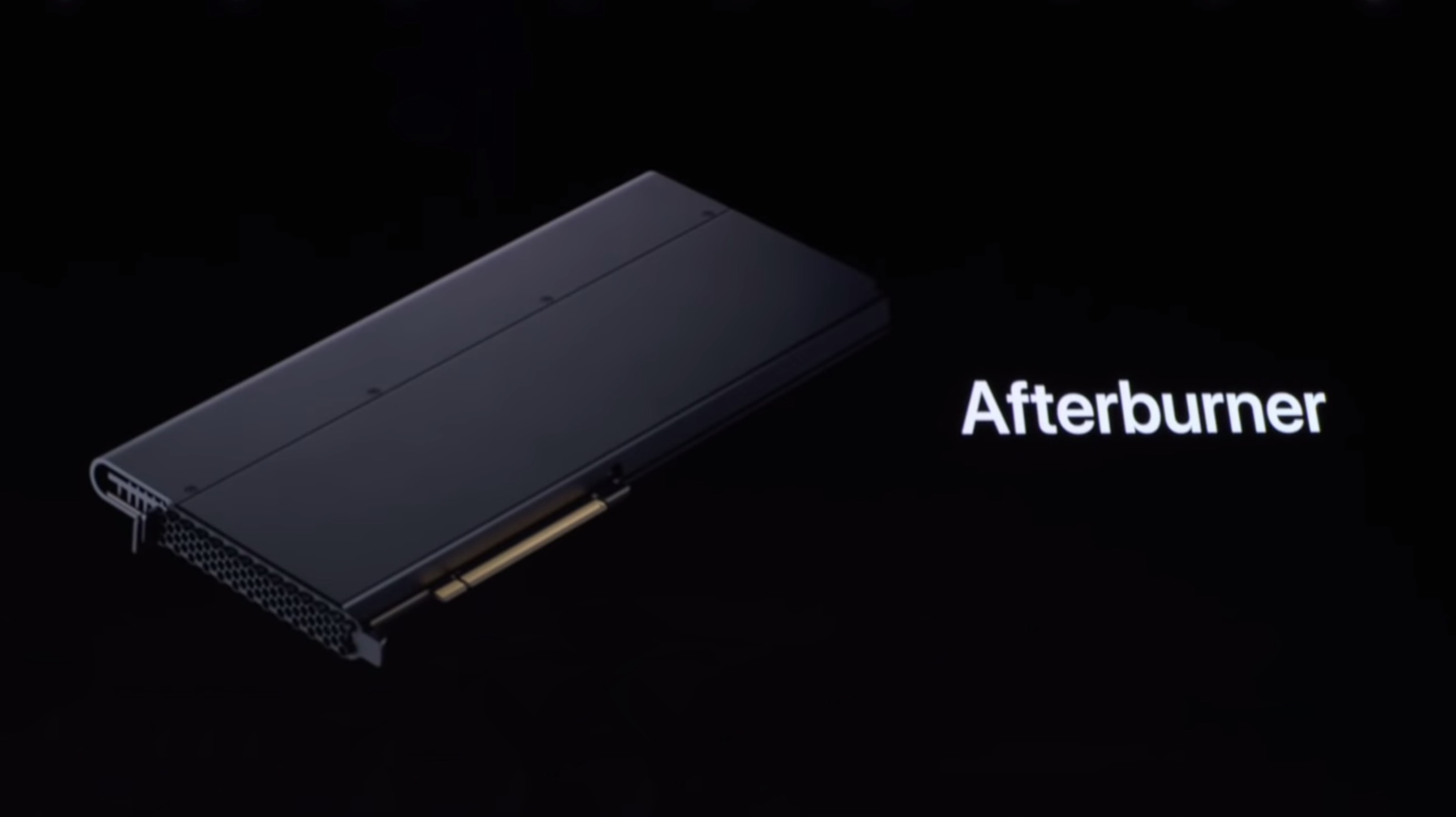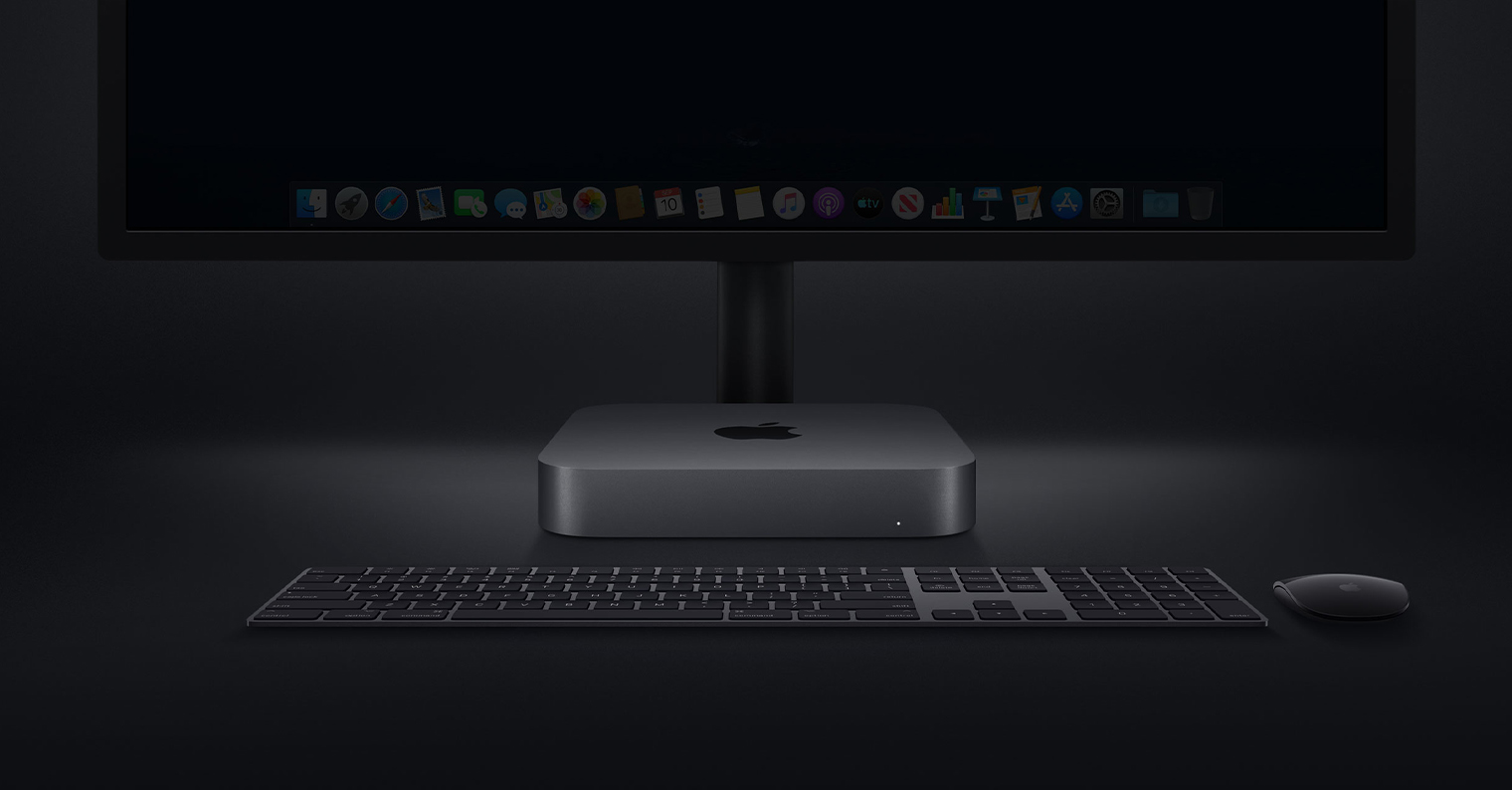No, Apple is not one of the companies that pays tribute to hardware customization and in most cases does not even allow it. He even removes the option from some of his devices when he gets the chance. An example of this is the Mac mini, which previously allowed both the replacement of RAM and the replacement or addition of a second hard drive. However, this possibility disappeared in 2014, when Apple released a new version of the computer. Today, the 27″ iMac with 5K Retina display, Mac mini and Mac Pro are the only devices that can be modified to some extent at home.
However, Apple allows you to modify the hardware even before you buy it, directly in its Online Store or at authorized dealers. So these are configurations Configure to Order or CTO. But the abbreviation BTO is also used, i.e Build to Order. For an additional fee, you can upgrade your upcoming Mac with more RAM, a better processor, more storage or a graphics card. Different computers offer different customization options and it is also true that you will have to wait a few days or weeks for your computer to arrive.
It could be interest you

If you decide to buy a CTO/BTO computer, then it is important to consider several factors. First and foremost, the expectation is that when you buy more powerful hardware, you also intend to use it. So I would definitely recommend looking at the software requirements or the requirements for specific features like 3D support in Adobe Photoshop or video rendering in different quality before buying. If you are going to render 4K video, yes, you will definitely need a better configuration and a type of Mac that is ready for such a load. Yes, you can render 4K video on a MacBook Air too, but it will take noticeably longer and it's more about the computer being able to do it rather than a daily routine.
What configuration options does Apple offer?
- Processor: A faster processor is only available for selected devices and here it may happen that the upgrade is only available for higher and more expensive versions of the device. Of course, a more powerful processor has different uses, whether the user wants to do more 3D graphics on the computer or works with tools that require a lot of logical power. It also has its uses when playing games occasionally, and you will definitely use it when virtualizing operating systems via Parallels-type tools.
- Grafic card: There is nothing to talk about here. If you need to work with video or demanding graphics (rendering finished streets or detailed buildings) and you don't want the computer to struggle, then you will definitely use a more powerful graphics card. Here I would also recommend reading reviews of cards including benchmarks, thanks to which you can best find out which card is the most suitable for you. For those who want to work with movies on a Mac Pro, I would definitely recommend the Apple Afterburner card.
- Apple Afterburner tab: Apple's special Mac Pro-only card is used exclusively for hardware acceleration of Pro Res and Pro Res RAW video in Final Cut Pro X, QuickTime Pro, and others that support them. As a result, it saves processor and graphics card performance, which users can use for other tasks. The card can be purchased not only before buying the computer, but also after it, and it can be additionally connected to the PCI Express x16 port, which is mainly used by graphics cards. However, unlike them, Afterburner does not have any ports.
It could be interest you

- Memory: The more RAM a computer has, the better it is for its users to work with multiple applications at the same time. More RAM will find its use even if you plan to use your Mac only for working with the Internet, because when you work with a really huge number of bookmarks (for example, when you write a thesis and rely on Internet resources), it can easily happen that due to a lack of operating memory your various bookmarks will load over and over again or Safari will give you an error saying they could not be loaded. For less powerful devices like the MacBook Air, it is a way of preparing for the future, because there is never enough memory. Proof of this is also the legendary statement attributed to Bill Gates: "No one will need more than 640 kb of memory"
- Storage: One of the things that can affect the purchase of a computer for more common users is the size of the storage. For students, 128GB of memory might be fine, but can the same be said for photographers who prefer laptops and don't want to carry around loads of cables? That's where storage can be a real stumbling block, especially when it comes to RAW photos. Here I would also recommend looking at what kind of display the device you want to buy has. For iMacs, I would also recommend looking at the type of storage. Sure, 1 TB is a tempting number, on the other hand, it's an SSD, Fusion Drive or a regular 5400 RPM hard drive?
- Ethernet Port: The Mac mini offers an exclusive option to replace the gigabit Ethernet port with the much faster Nbase-T 10Gbit Ethernet port, which is also included in the iMac Pro and Mac Pro. However, we can say quite frankly that most people would not use this port in the Czech Republic/SR for the time being and it is more suitable for companies that are building a high-speed network for internal purposes. The use is thus practical especially in connection with LAN connectivity.
What customization options does each Mac model offer?
- Macbook Air: Storage, RAM
- 13″ MacBook Pro: Processor, storage, RAM
- 16″ MacBook Pro: Processor, storage, RAM, graphics card
- 21,5″ iMac (4K): Processor, storage, RAM, graphics card
- 27″ iMac (5K): Processor, storage, RAM, graphics card. The user can adjust the operating memory additionally.
- iMac Pro: Processor, storage, RAM, graphics card
- MacPro: Processor, storage, RAM, graphics card, Apple Afterburner card, case/rack. The device is also ready for additional improvements by the user.
- Mac Mini: Processor, storage, RAM, Ethernet port

Somehow I miss the point of this "article"...? What is the point of rewriting a page from the apple eshop as a web "article"?
I did not rewrite the article in any way. Yes, I was also based on the information provided by Apple (configuration options for individual computers), but also based on the fact that I own three modified Macs.